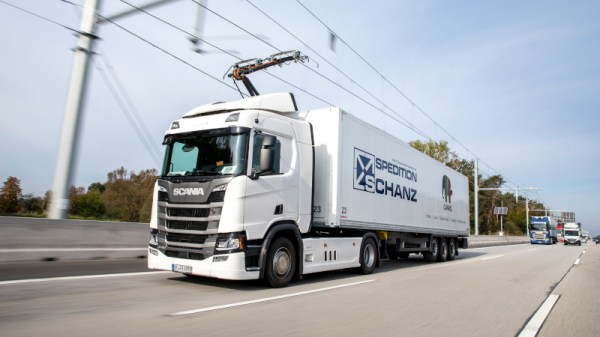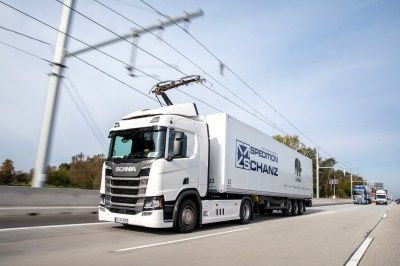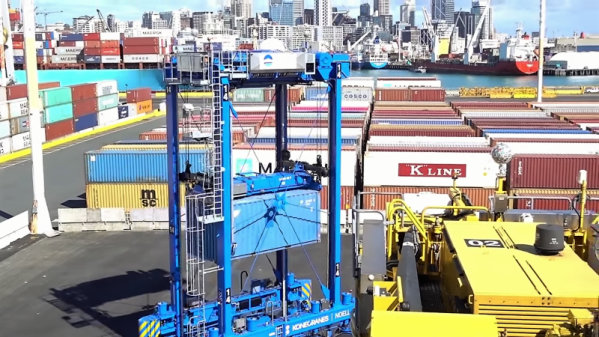An increasing fact of life over the coming years will be the decarbonisation of our transport networks, for which a variety of competing solutions are being touted. Railways, trucks, cars, and planes will all be affected by this move away from fossil fuels, and while sectors such as passenger cars are making great strides towards electric drive, there remain some technical hurdles elsewhere such as with heavy road freight. To help inform the future of road transport policy in the UK then, the British government are financing a series of trials for transportation modes that don’t use internal combustion. These will include a battery-electric fleet for the National Health Service and a hydrogen-powered fleet in Scotland, as well as a trial of the same overhead-wire system previously given an outing in Germany, that will result in the electrification of a 12.4 mile section of the M180 motorway in Lincolnshire.
We’ve written about the overhead electrification project in Germany in the past and subjected it to a back-of-envelope calculation that suggested the total costs for a country such as the UK might be surprisingly affordable. The M180 is something of a backwater in the UK motorway network though, so it will be interesting to see how they approach the problem of finding real-world loads for their tests that ply such a short and isolated route. We’d expect the final picture to include all three technologies in some form, which can only be a good thing if it increases the available electric and hydrogen infrastructure. We’ll follow this story, though sadly we may not be able to blag a cab ride on the M180 in one of the trucks.















